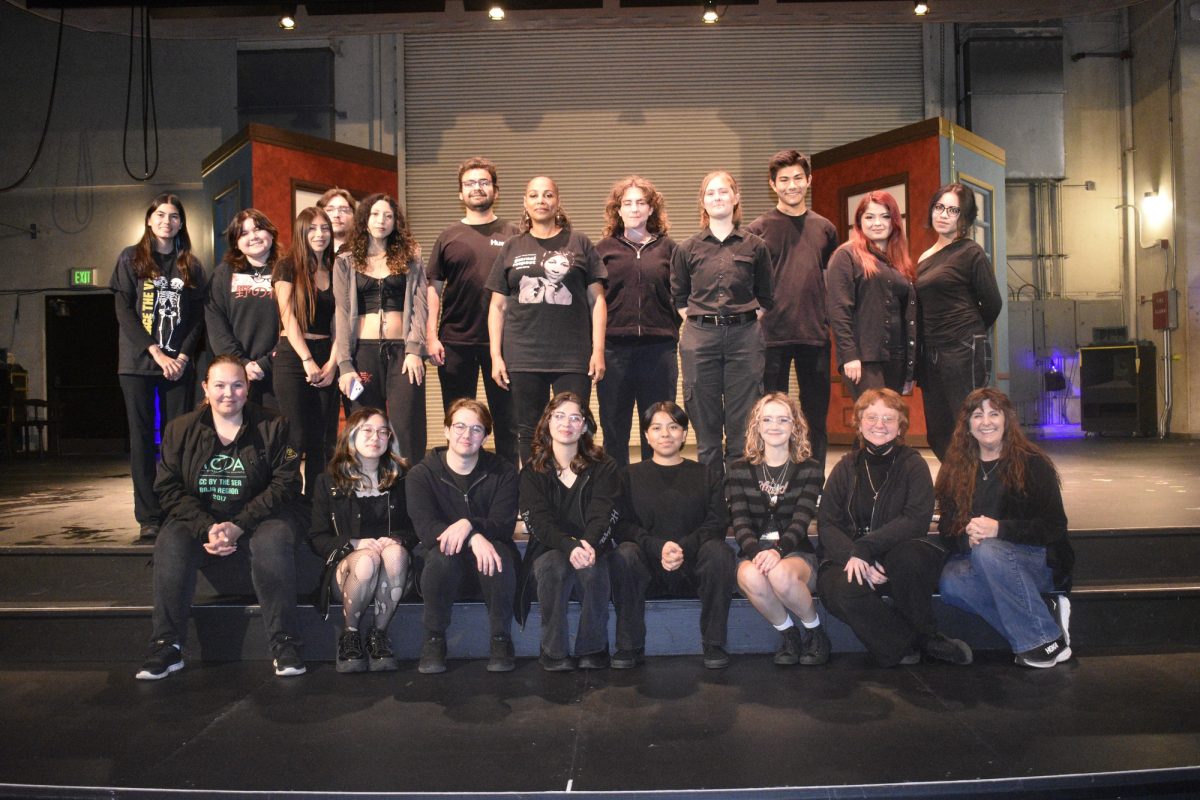janae green
The 1950s were characterized by the traditional TV family image of the woman at home cooking and cleaning for her husband and taking care of her children.
Women in the media, like Kim Kardishian, Paris Hilton and Jessica Simpson can be seen in outrageous commercials that are mainly male directed.
For example, in the recent Carl’s Jr. commercial, Kardishian can be seen provocatively eating their new cranberry and apple salad while lying on her stomach in a revealing sheer robe.
“The viewpoint of advertisements in the media is that sex sells. They all service the fascination with women as objects to be looked at,” Stacey Allen, sociology professor, said.
Through the years and countless feminist movements, these images have changed; however, stereotypes of women are still holding their place in the media.
“Women aren’t just staying home anymore, they’re career driven; some are single, and if in a married relationship, males are helping out in the home,” Kirsten Resnick, history professor, said.
Women of the ’50s were often pictured looking away from the camera, never really smiling, showing that women should only be seen; whereas today, women can be seen looking directly into the camera, smiling, showing no weakness.
“The 1950s advertisements portrayed women as quiet, innocent, weak, only to be seen and not heard,” Resnick, said.
In addition, advertisements feature women of color, whereas in the past, all that were featured were Caucasians.
“Overall, there are more roles for women to perform in today [as] the media reflects and perpetuates,” Allen said.
The main aspect of advertisements in the ’50s was the lack of excessive female skin shown. Whether it was an undergarment advertisement or an advertisement for cosmetics, the women were always covered up.
“Body image then was healthy, polished, conservative and beautiful. Present day the media prefer skinny women,” Resnick said.
Back then, the family TV shows portrayed the mothers as not being the strong leader of the household as seen in the first couple of seasons of “Good Times.” These days upon viewing this show women are generally absent.
When you look at television shows like “The Simpsons” or “Family Guy,” you see fathers Homer Simpson and Peter Griffin as the dumb, goofy husbands, whereas the wives are the more intelligent figures.
“It depends on the TV show. Some show men being the stupid ones, others show women having a strong role or being absent from the show,” Allen said.
Many TV shows now portray women as successful career makers such as Glenn Close in “Damages.” On the other hand, women still are portrayed in a superficial manner in many TV shows.
We can see that women have come a long way. They have expanded in society and while some depictions are still stereotypical, others show a wide variety of roles.
“I don’t like the stereotypes throughout the media about women because that isn’t the way it’s supposed to be,” Tara Baskin, 22, criminal justice major, said. “But what can we do about it?”







